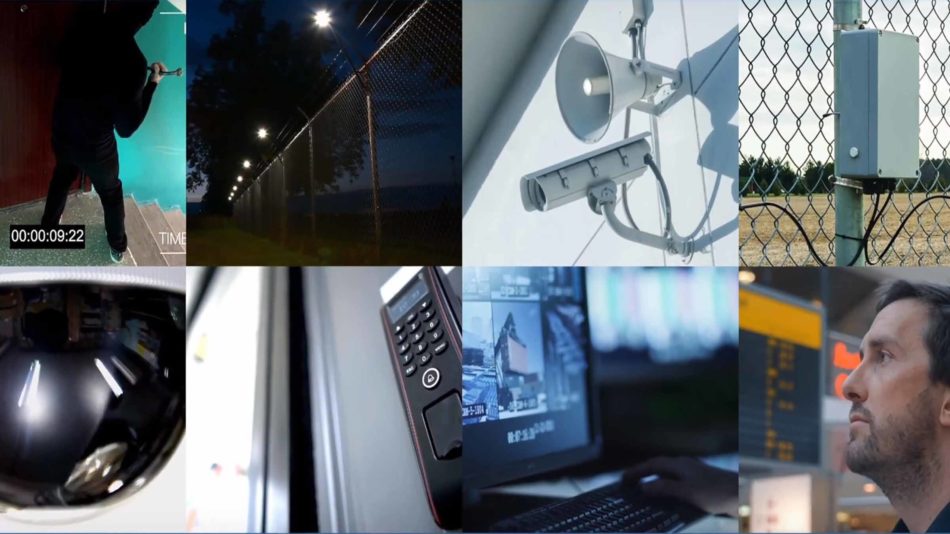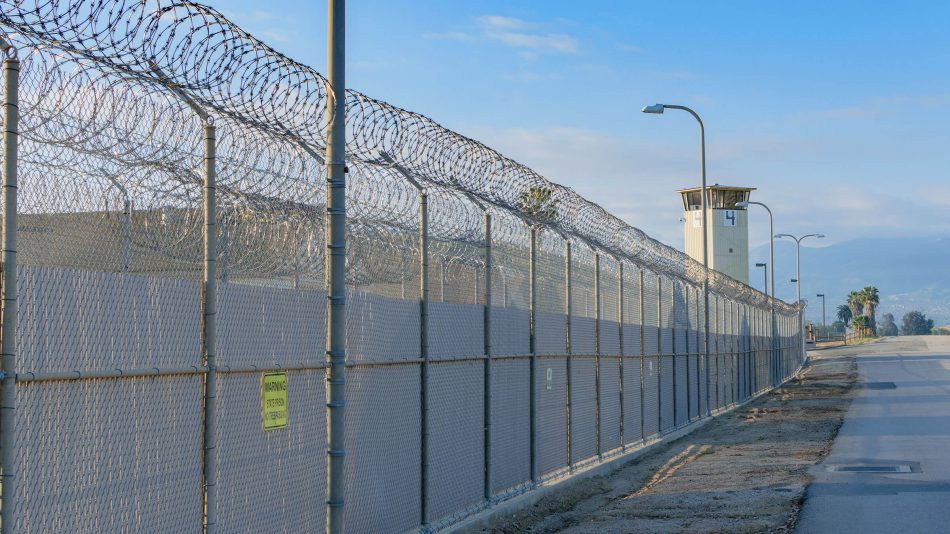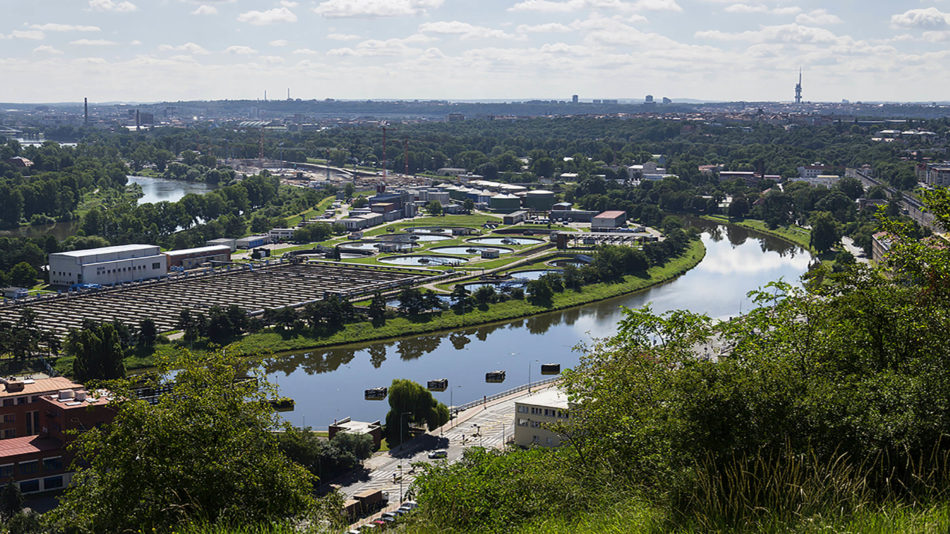Is Physical Security Part of Your Triple Bottom Line?

It’s been over 25 years since serial entrepreneur John Elkington coined the phrase “triple bottom line” (TBL) as his way of measuring performance in corporate America. His belief was that a company could be managed in such a way that it not only makes money, but also improves people’s lives and the planet.
TBL measures the financial, social, and environmental performance of a company over time. Also called the 3Ps for planet, people, and profit, TBL provides a broader concept of business value that fully accounts for the cost of doing business. Many well-known brands have embraced TBL as part of their corporate mandate – Apple, Unilever, Patagonia, and Coca-Cola all have built social and environmental goals into their public commitments.
A TBL approach can be applied to nearly any aspect of an organization, including governance structure, pay and benefits, employee training, supplier management, operational efficiency, business values, and community engagement.
Where does physical security fit in the TBL model? While it may not be the cornerstone of a company’s TBL strategy, security can certainly have a positive impact on profits, people, and the planet in a number of ways.
Security Lighting
Security lighting is considered by many professionals to be a fundamental part of an organization’s physical security. Thankfully, it is also an easy place to start when improving the TBL.
One factor is power consumption. Switching industrial high pressure sodium or mercury vapor dusk-to-dawn lighting to LEDs can save over $400 per lamp annually and help the financial bottom line. This translates into almost 60 times less electricity. Depending on your local power provider, this may have very positive greenhouse gas implications that are clearly good for the planet.
Another serious environmental concern with security lighting is light pollution; this affects many types of wildlife like fireflies, birds, and turtles. What can be done? Use warm spectrum lights (red, orange, and dull yellow) – LEDs with <3,000K colour temperature – that are friendlier to the night habits of animals. The type of light fixtures you choose can further reduce light pollution by directing more light to the ground rather than letting it spread out unshielded into the sky. Security lights that are approved by the International Dark Sky Association meet both of these criteria.
Finally, consider switching your lights from dusk-to-dawn to intelligent lighting. The latter can provide a dramatic improvement both in power consumption and light pollution, consuming much less current when in standby. Rather than keeping an area lit all night long, intelligent lighting only comes on when needed, improving the dark night sky and nocturnal wildlife habits.
(See Senstar LM100 hybrid perimeter intrusion detection and intelligent lighting system)
Intrusion detection
Perimeter security technologies such as video surveillance, motion sensing cameras, and fence-mounted or buried sensing cables provide ways to detect intruders. Deterrence measures, such as audible alarms or strobe lights, can scare away potential wrongdoing before it begins. Clearly, there is a positive impact on the financial bottom line if this prevents the expenditures needed to replace stolen assets or repair the effects of vandalism.
However, intrusion prevention also helps the people part of your company’s TBL. Deterrence measures can ward off trouble-making youth before they commit minor crimes. They can also prevent injury and loss of life, such as people attempting to steal copper from high-voltage electrical substations. Reducing criminal incidents also has an overall beneficial effect on society by making local residents feel safer.
Can intrusion detection help the environment? Certain systems can. By using intelligent fence sensors, these systems can distinguish between human activity and environmental forces. Although removing some surrounding vegetation is still recommended for line of sight visibility and fence protection, intelligent fence sensors can reduce the the amount of clear cutting around a perimeter, creating a more natural-looking installation that preserves more forest and wildlife habitat. For some applications, buried sensor cables can provide intrusion protection without a fence at all, improving the environmental impact of an installation as well as its aesthetics.
Remote security
Security can be critical to protecting national electric grids, oil and gas transportation, and research stations. Yet human-operated security for a remote site – whether in the frigid tundra, a vast forested wilderness, or a desert-like expanse – can be challenging, requiring people to work in socially isolated and in some instances dangerous conditions. It also requires enough infrastructure to support human habitation.
Automation in these types of security installations improves the triple bottom line. Remote security solutions can relieve people of the boredom of isolated work and improve their living conditions. By removing the necessity for continual habitation and reducing the frequency of incident, maintenance, and supply visits, it also helps the environment by avoiding travel to distant locations or ecologically sensitive areas.
Remote surveillance is much more fiscally efficient as well. By eliminating the disproportionate cost of living in remote areas, reducing travel costs, and tightly constraining the environmental footprint, remote and automated security systems provide a strong case for an improved TBL.
License plate recognition
Because automatic license plate recognition (ALPR) quickly and automatically identifies vehicles and avoids manual checks, tolls, and gates, it makes logistics operations more efficient, saving money. It also streamlines the user experience. Less hassle and shorter delays makes for happier people in parking garages, airport traffic zones, and dedicated highway lanes. A positive planetary impact is created by LPR systems too. By reducing wait times and needless vehicle idling, less fuel is consumed and less CO2 emitted.
The role of security in TBL
To embrace the triple bottom line may require changes to corporate strategies, metrics, and culture. And while much of your planning around financial, social, and environmental goals will undoubtedly be centered around your core business, don’t forget about the positive change that can be introduced by your physical security systems. In some cases, your physical security approach can make a difference by allowing your organization to meet its TBL goals.


